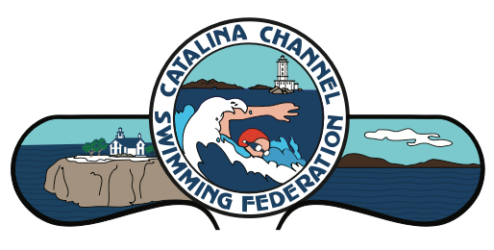CCSF Early Entry Deadline Approaches
Reduced CCSF Sanction Fees til May 1st
The CCSF will not process an incomplete application
2011 CCSF swim applications are always due at least 60 days in advance of an attempt . In addition, the sanction fee is discounted when the swimmer delivers by May 1st the entire application package (page #9 has a helpful checklist including medical certificate, payment of fees, membership dues, signed waivers, swim summary, and ‘plan your swim’). Meaning, the 2011 deadline for the early entry fee discount is approaching– a little more than 2 weeks away.
Safety Training Sessions on May 1st & 7th
CPR and First Aid Classes for San Diego & Los Angeles
Invites have gone out to previous CCSF volunteers for the upcoming observer training sessions. We’re fortunate that so many people want to contribute by observing CCSF swims. Anyone is welcome to join the group and learn CPR & First Aid, plus participate in the CCSF Observer session.
A session will be held on Sunday May 1st in San Diego. The second is in Los Angeles on Saturday May 7th. The morning is reserved for CPR training and the afternoon to review the fundamentals of CCSF Observing, the new rules & safety equipment for 2011.
Please email Paula Selby with your plans to attend. With several dozen swimmers in training to cross this summer, we’re looking to draw from a large team of observers. There will be at least 2 observers assigned to each swim attempt. Many of the primary observers from last summer started as “assistant observers” and took advantage of on-the-water training under an experienced observer.
‘Open Water Swimming’ Nearly Sold Out
Penny Dean’s Definitive Resource for Catalina Swimmers
This could be your last chance to get a copy of Penny Lee Dean’s book “Open Water Swimming: A Complete Guide for Distance Swimmers and Triathletes”. The publisher just warned Dr Dean that only 60 copies remain. There are no plans to reprint this book. It’s the ultimate resource toward training for the Catalina Channel, written by the fastest person ever to swim across. Her record of 7 hours and 15 minutes still stands 35 years later.
Sperm Whales Sighted Off Long Beach
Whale Watching is Very Popular in Catalina Channel
A few weeks ago, NBC Channel 4 reported a sighting of Sperm Whales in the Channel. Blue Whales are common, and recently a relay team swam with a Fin Whale. However, the boat captain of this whale watching tour said (quote) “It was one of the most amazing things I’ve ever seen. We hardly hear about Sperm Whales in the Catalina Channel. It was a once in a lifetime sighting viewing such a big pod of sperm whales. Occasionally we see killer whales, lots of blue whales, but we have never seen this amount of sperm whales.” They estimated 16 whales in the pod.
Flashback: 35% Faster with Face-Snorkel
Cal Tech Inventor Crosses Catalina Channel (Unofficially)
Of all the ways to cross the Catalina Channel, Calvin Gongwer’s must be among the most unusual. The Cal Tech aeronautical engineer made the crossing in 12 hours, while pulling a buddy on a surfboard, and demonstrating three of his patented inventions.
Gongwer designed a one-of-a-kind swimming face mask. The sleek Plexiglas shape reduced drag and, what he claimed, made a swimmer 35% faster in the water. US Patent 3653086 shows the “Streamline Swim Mask”, with room for a snorkel (or SCUBA tank attachment), and a compass within eyesight. He kept warm with a one-size-fits-all insulating rubber wrap which he created. He’s also the designer (among his 80+ patents) of the Aqueon swimming aid. A pretty cool contraption which requires less energy than dive fins, but propels a swimmer up to 6 mph.
During this obviously unofficial swim back in July 1968 from Catalina Island to Cabrillo Beach, he checked his navigation via the underwater compass. Gongwer later said (quote) “I made my first pair of swim fins in 1935. I love to fool around with anything related to water.”
Update: Bald Eagle’s Nest on Catalina
The eggs have hatched! You can watch the young Bald Eagles on the 24-hour webcams. Fledglings won’t leave the nest until the summer.

Leave a Reply